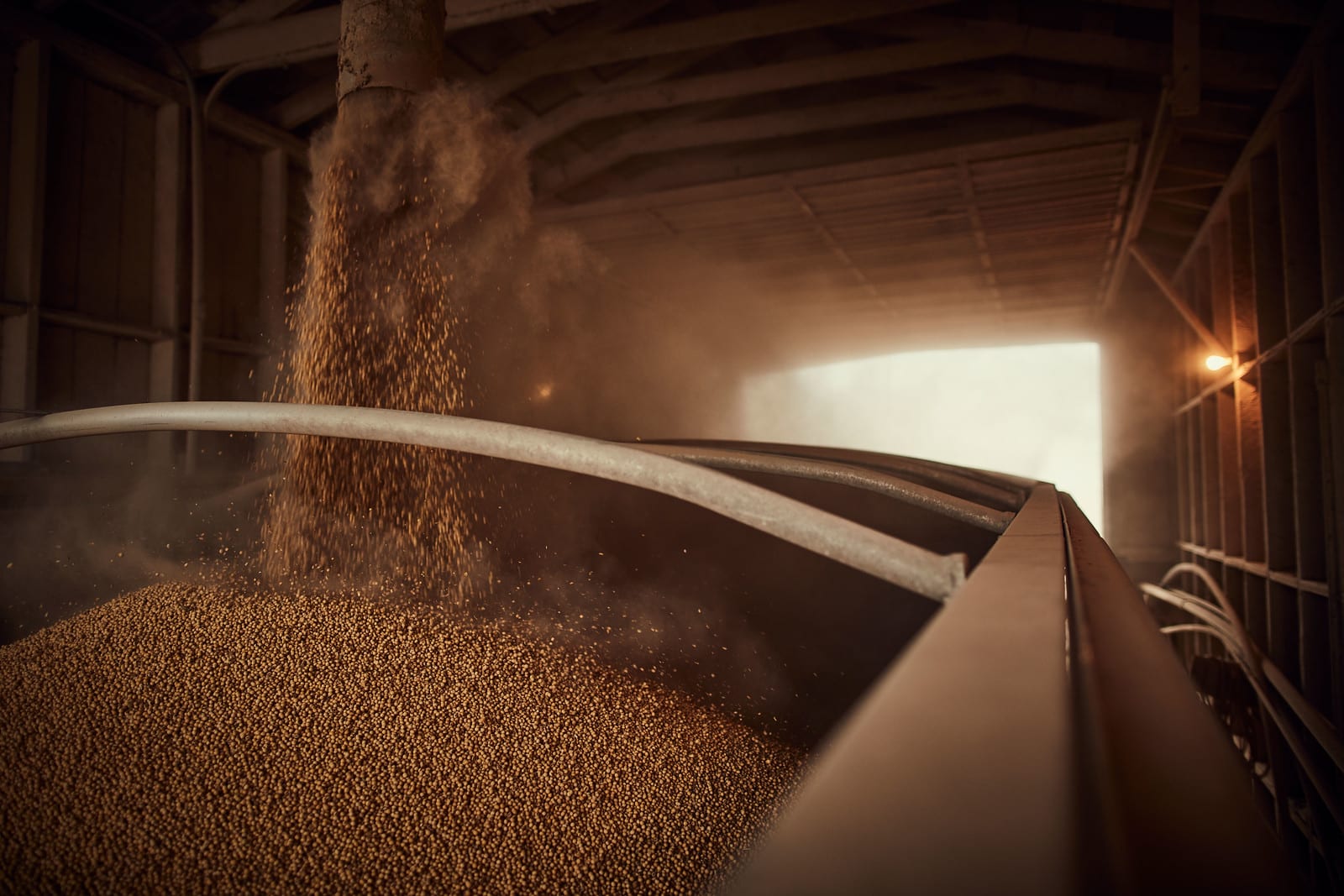U.S. soy is showing up around the world. From salad dressings to snack foods, more than 85% of U.S. soybeans are consumed in markets outside the U.S. and emerging and developed markets such as China and Europe are looking for sustainable choices. Work by the United Soybean Board and U.S. Soybean Export Council helps connect those customers with U.S. soybeans.
“We always operate from the position that we are not just a reliable supplier of soy, but we are a reliable supplier of choice,” says USB and USSEC Vice President of Market Intelligence Mac Marshall. Led by 78 volunteer farmer-directors, USB serves U.S. soybean farmers through education and marketing activities. USSEC focuses on building preference for U.S. soy around the world.
“Customer choice is paramount here. U.S. soy has always been a fantastic product on the simple merit of what composes the soybean — the quality meal and oil that come from it,” Marshall says.
Now the sustainability of U.S. soy is increasingly an important factor for customers.
“Its sustainability enables U.S. soy to differentiate from other origins and ingredient options,” Marshall adds. “Not just through the product profile, but through the whole set of practices that go into producing the product.”
Marshall says U.S. farmers have adopted new technology and agronomic practices to conserve resources. Minimum soil disturbance, cover crops, crop rotation and hardy seed varieties all reduce trips across the fields with equipment, decreasing overall fuel use and emissions.
“The benefits of these practices carry through to the end market,” says Marshall. “Over the past few years, U.S. Soy has worked together with consumers, nongovernmental organizations and farmers to develop an independently audited program called the U.S. Soybean Sustainability Assurance Protocol.”
The SSAP documents sustainable soybean production at a national scale. Currently, 95% of U.S. soybean farmers partner with the U.S. Department of Agriculture to create and implement farm-specific conservation programs. These conservation practices form the foundation of the SSAP.
Four directives and protocols define the SSAP:
- Biodiversity and high carbon stock.
- Production practices.
- Public and labor health and welfare.
- Continuous improvement of production practices and environmental protection.
“U.S. farmers are committed to sustainability and continuous improvement,” says Marshall. “The SSAP demonstrates that.”
The world of soybeans, Marshall says, needs transparency and alignment. Whether it’s with suppliers or an end destination, U.S. Soy works to ensure a uniform understanding of the production practices that set the U.S. soybean crop apart.
Marshall says, “U.S. soy fits customers’ plans for a more sustainable future.”
U.S. Soy helps make whatever you make more sustainable. Steps to improve sustainability are taken throughout the soy value chain to create an environmentally friendly product for end users to sell to consumers. Farm practices such as precision agriculture, pesticide-resistance management, reduced tillage and buffer strips all positively impact environmental goals, including water quality, soil health and greenhouse gas emissions.
Visit unitedsoybean.org/sustainability-report to download the Soy Sustainability Report.
